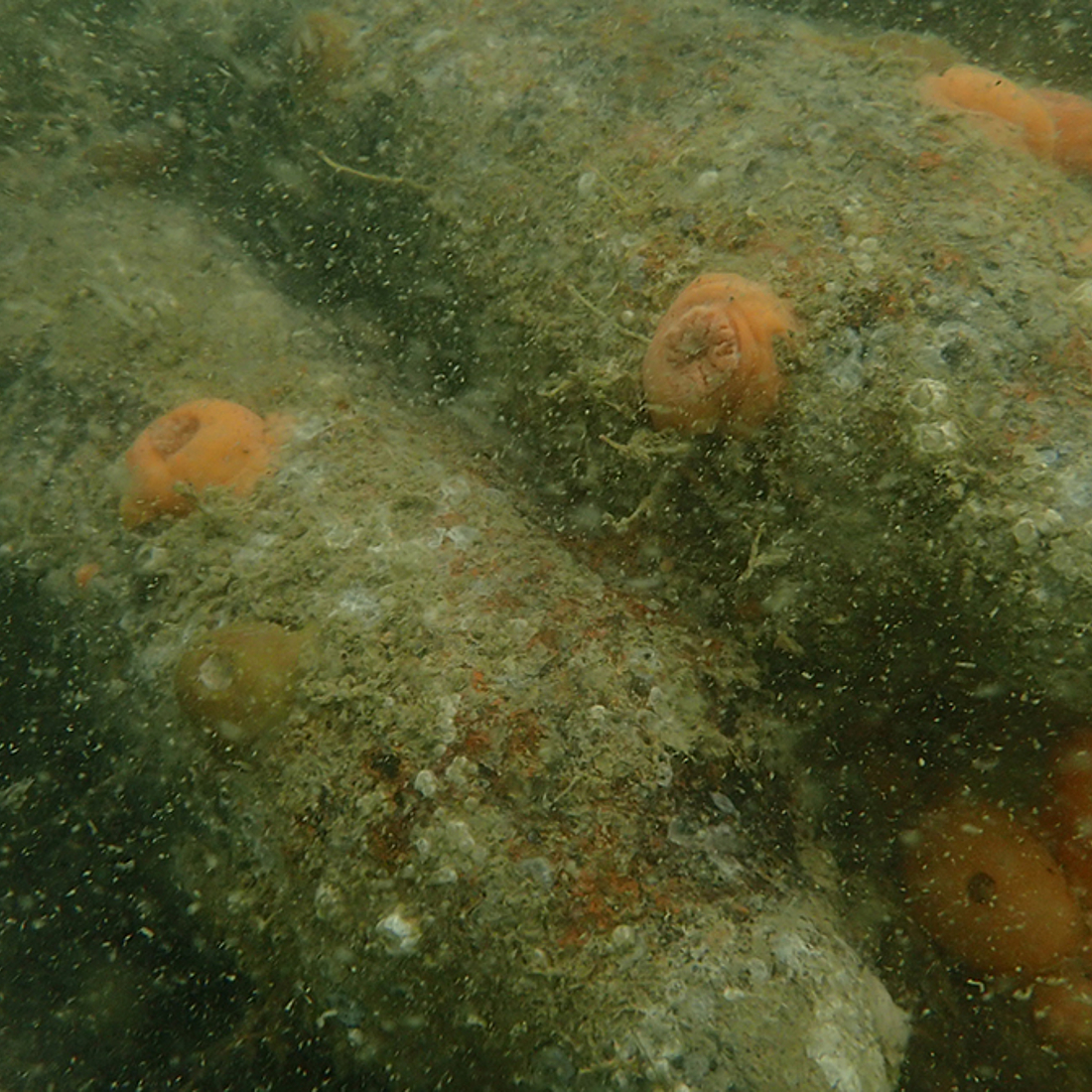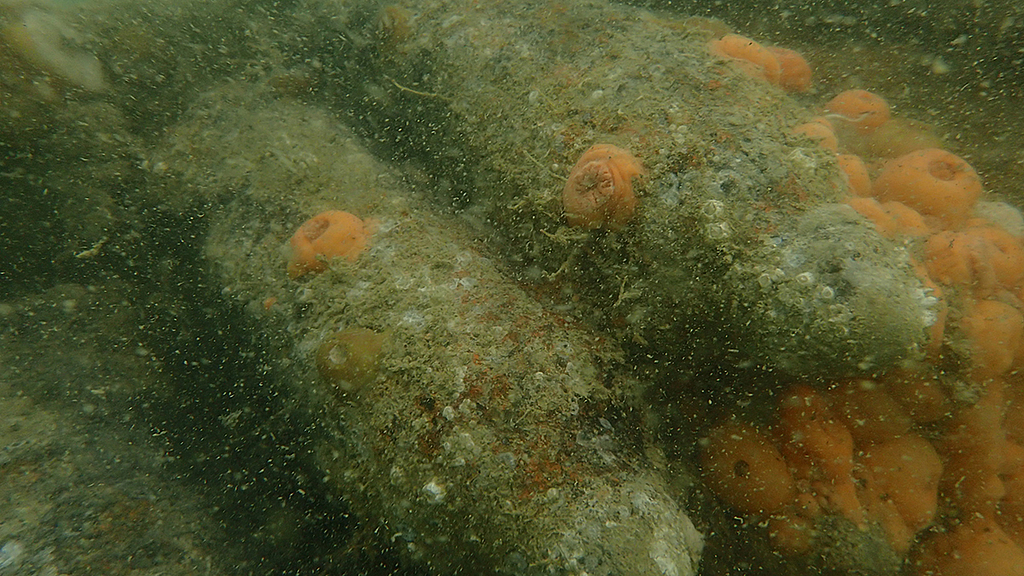What quantities of wrecks and munitions remain in the North Sea?
During World Wars One and Two, the North Sea was the scene of many naval battles. In addition to military craft, civilian merchant ships were also sunk and these, too, remain on the seabed today. In addition, mines were laid throughout North Sea waters, while large quantities of munitions were dumped at sea after the end of World War Two.
Estimating how many wrecks went down in the North Sea and how much ordnance was dumped is a difficult undertaking. Often, access to official databases on wreck sites in North Sea states’ sovereign waters and exclusive economic zones is restricted. Furthermore, these databases also record other forms of underwater obstacles and do not focus specifically on wreck finds. As a result, their evaluation is very labour-intensive and they lack the kind of in-depth information that would enable further wreck research.
Extensive research in archives and specialist literature is thus required in order to identify wrecks. Their locations have to be compared with information on losses of military and civilian vessels in order to make as accurate an assessment as possible of the identity of each wreck.
The fact that eight different European states have sovereign waters and exclusive economic zones (EEZ) in the North Sea further complicates the picture when it comes to international collaboration or exchanging scientific data on environmental, legal, historical and commercial matters.
As a transnational project, North Sea Wrecks is a trailblazer in this regard. Based on a comparison of the different datasets, we calculate that there are at least 680 wrecks from World Wars One and Two on the North Sea bed that could potentially contain some quantity of munitions. Of these, more than 160 lie in the Norwegian Part of the North Sea, and more than 240 in Danish waters, at least 120 in German waters, min. 60 in Dutch waters and around 100 in Belgian waters.
Only rough estimates can be made as to the volume of munitions either still on board or in the vicinity of these wrecks; the same goes for those dumped after World War Two. It is generally assumed that approx. 170,000 tonnes of chemical munitions were dumped in the Skagerrak strait, the German Bight and the Norwegian Sea. Germany’s sovereign waters and EEZ alone are estimated to contain a total of 1.3 million tonnes of sea-dumped conventional munitions. And large quantities of munitions were also sunk off the Danish, Dutch, Belgian, British and Norwegian coasts. The OSPAR Commission’s regular reports on conventional and chemical munitions finds attest to the continued relevance of this issue of ordnance in the seas.
Related Links
Bund/Länder Ausschuss Nord- und Ostsee – Expertenkreis Munition im Meer: Munitions in German Marine Waters – Stocktaking and Recommendations, https://www.schleswig-holstein.de/DE/UXO/EN/EN_node.html
Vlaams Instituut voor de Zee: Maritime Heritage Databases, www.maritieme-archeologie.be/default.aspx
OSPAR Commission: Dumped Chemical and Conventional Munition, https://www.ospar.org/work-areas/eiha/munitions
FFI, Forsvarets forskningsinstitutt: https://www.ffi.no/publikasjoner/arkiv/risk-assessment-of-sea-dumped-conventional-munitions
Partner
-


